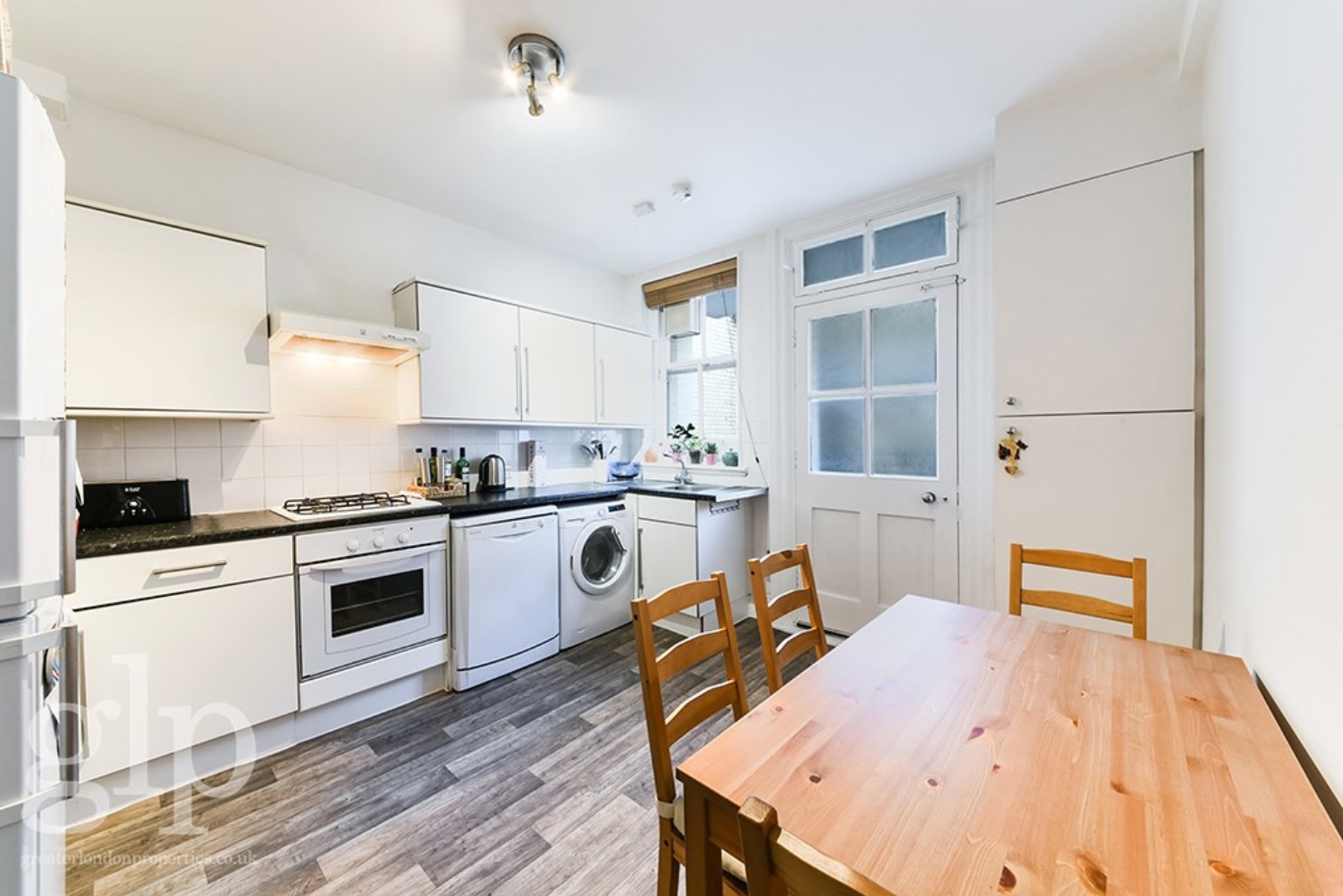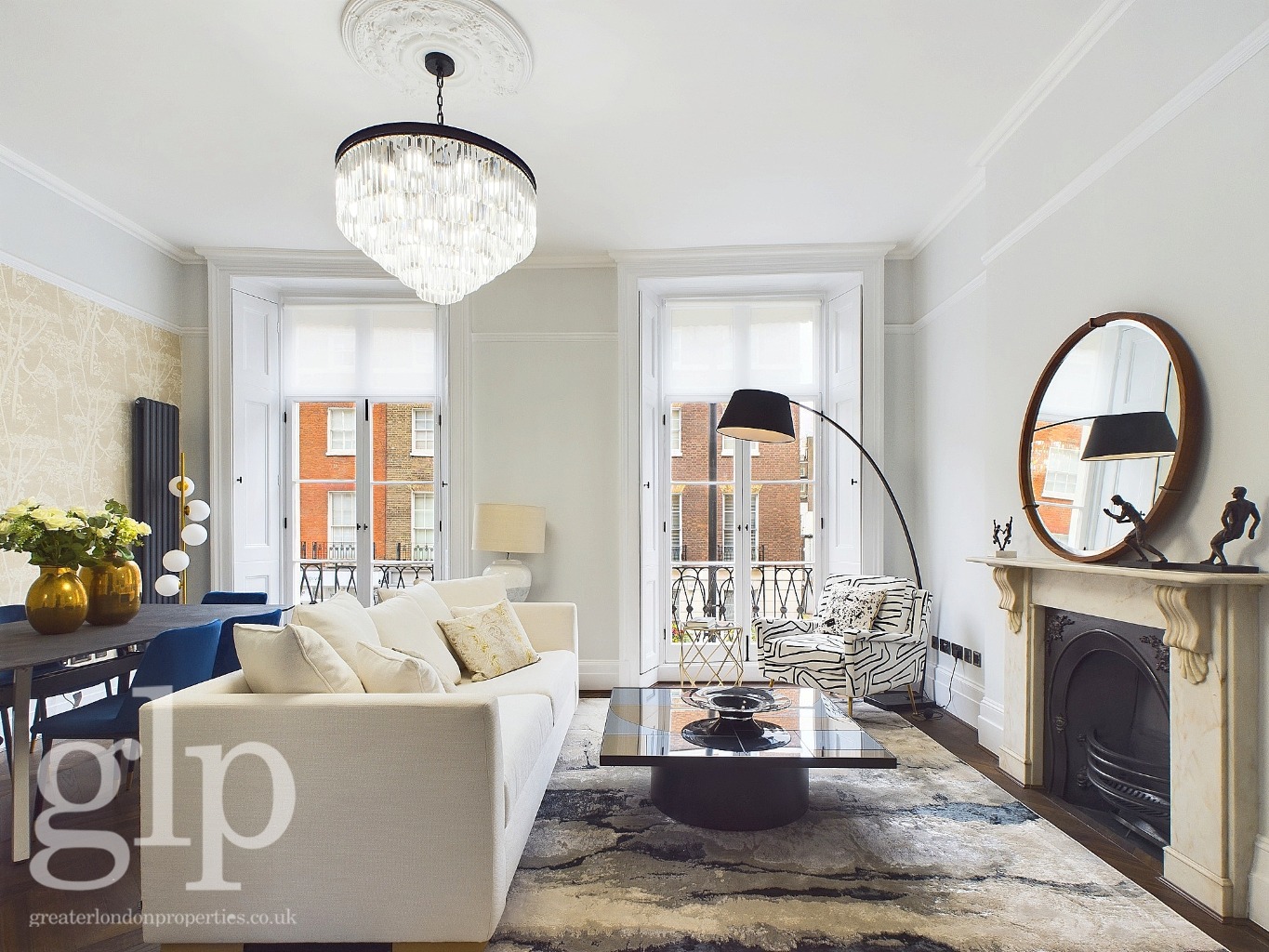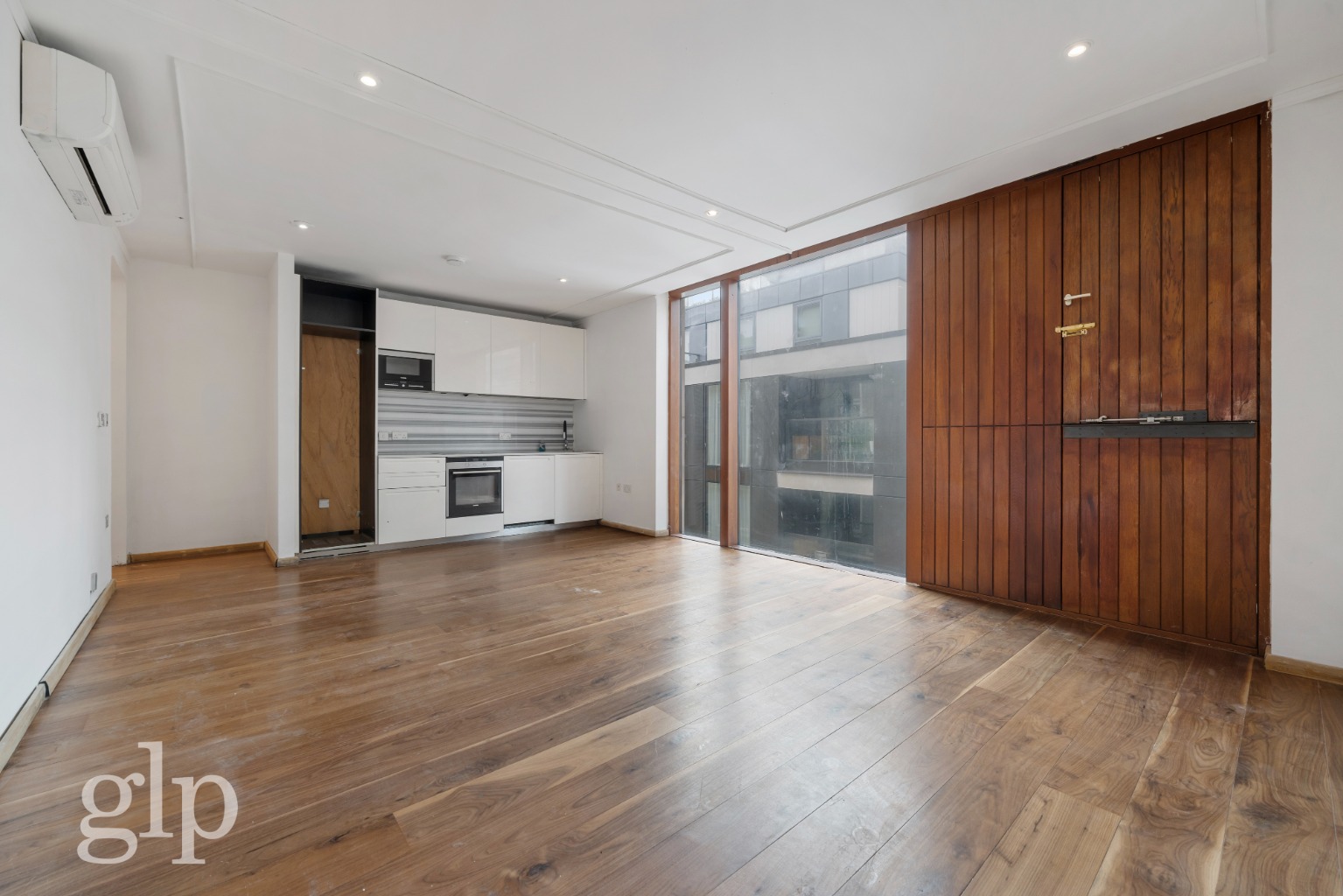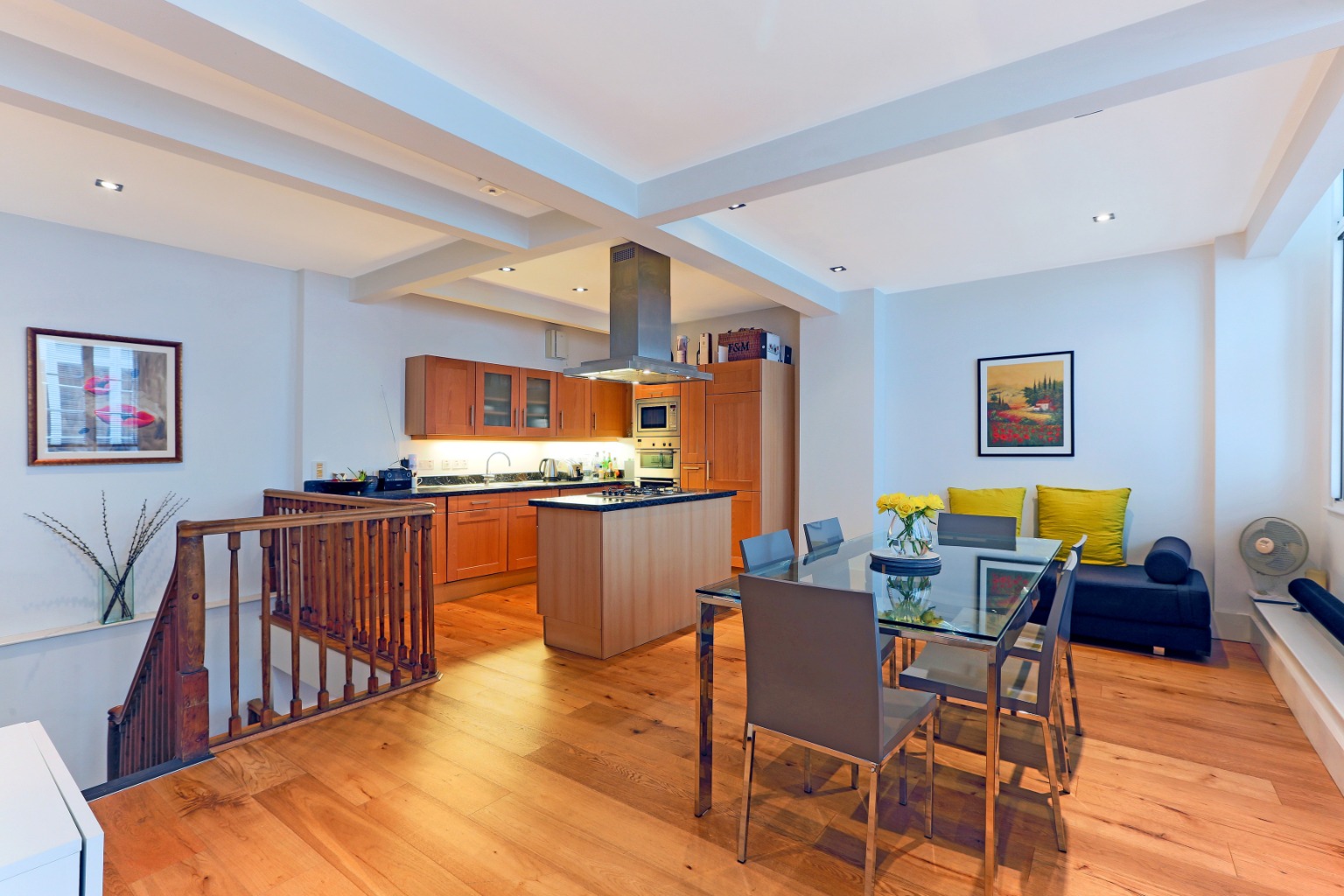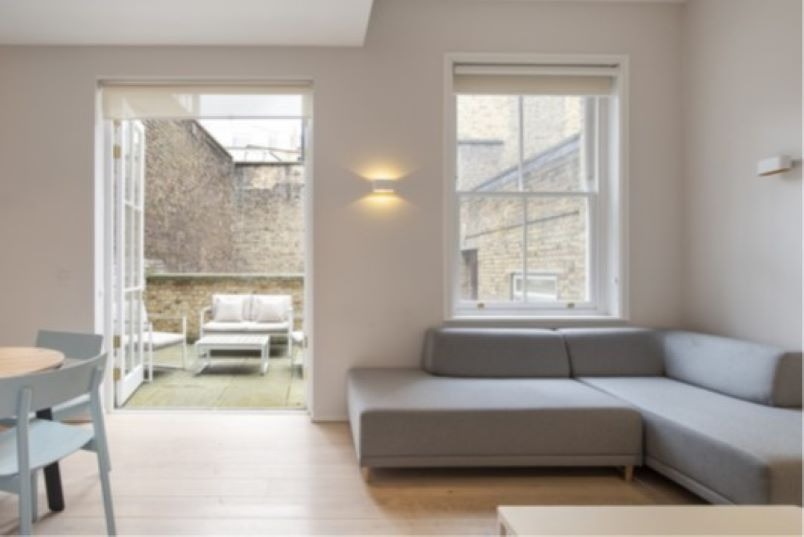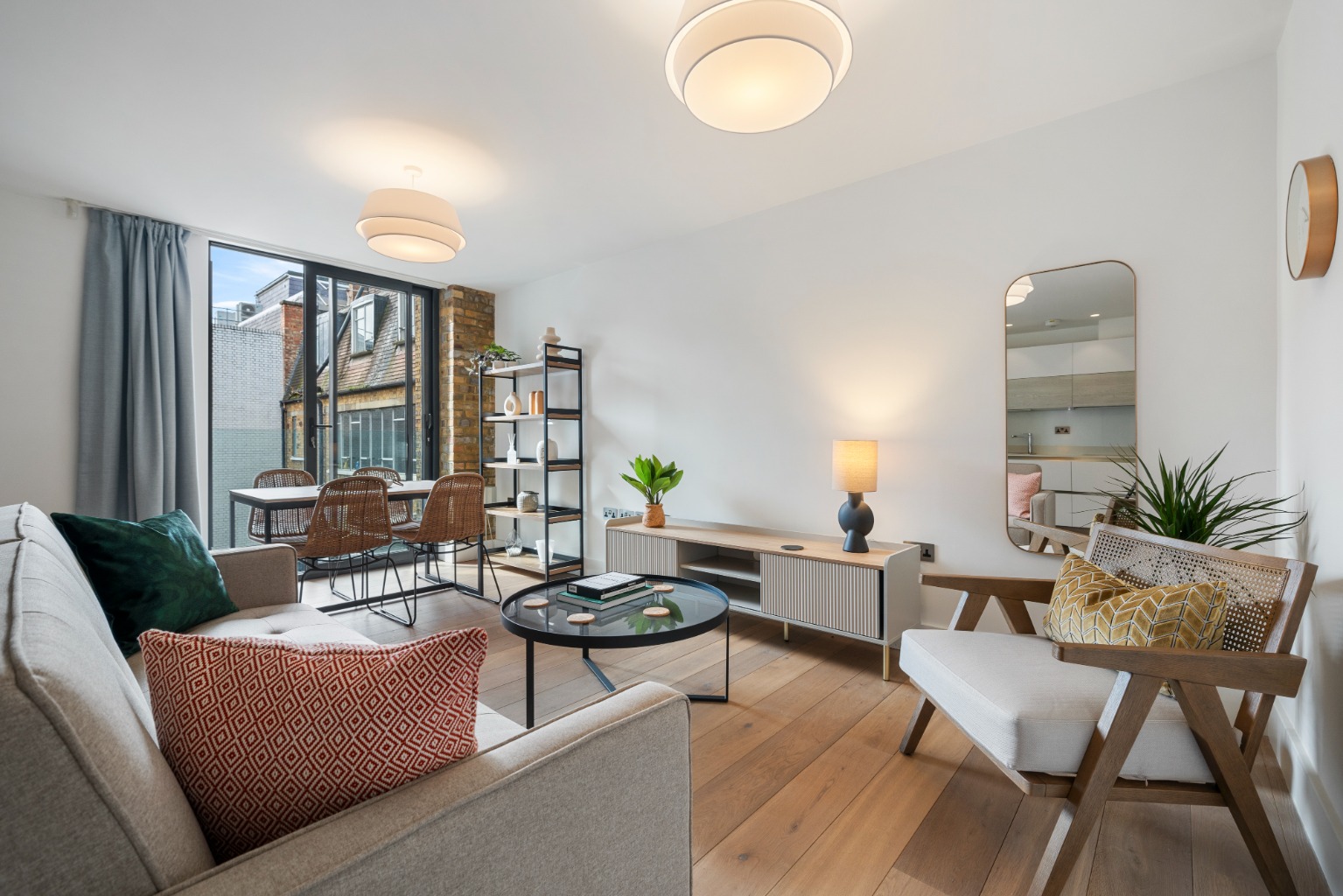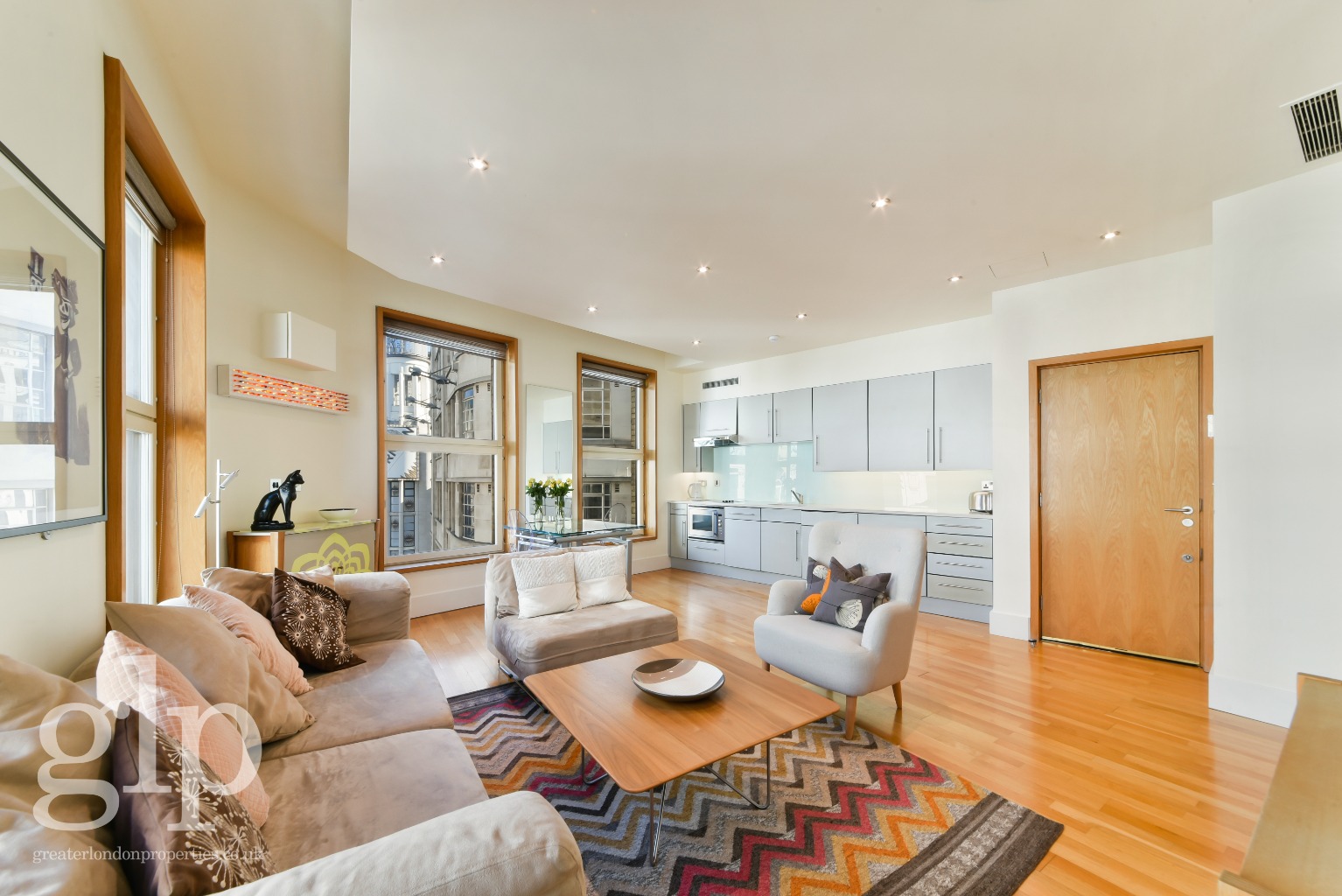Best Way To Find A Flat To Rent In London
Table of Contents
What Is The Best Way To Find A Flat To Rent In London?
Finding a new flat in London can be a great experience provided you are prepared and organised. While a lot of rentals are available, the number of people looking for flats are also on a rise. It is therefore vital to begin house hunting as soon as possible to give yourself more time to find the right flat.
Here are some tips that can help you locate a flat in London:
Six steps to find a flat in London
1. Know what kind of flat you want
The first step is to determine what type of flat you need and a list of desirable locations in London. Jotting down the requirements for your rental home is a good way to ensure you pinpoint an apartment that matches your needs. Research on local facilities, security issues, transportation options, and distance to places, including schools or offices, you need to commute to every day. Also, read up on the average rental prices for flats in London to set a budget while factoring in moving costs and cost of bills.
Another aspect to pay attention to is to determine if you need a furnished or unfurnished flat. Many London flats are furnished, which means most essentials, such as a couch, a bed, a wardrobe, a dining table, and shelves are included.
2. Determine the budget
London ranks consistently as one of the most expensive cities in the world in terms of the cost of living. While in many cities homeowners spend 30 percent of their income on home rent, in London, most residents expend a whopping 40 to 50 percent of their pay on rent. Different landlords and real estate agents London also have a threshold for the salary that tenants must earn. For instance, many landlords demand the salary to be three times the rental amount. An accurate budget is crucial to decide what neighborhoods would be suitable as well as the area you can afford.
While determining the budget, you must also factor in your utility cost, internet, and council tax.When you move to a new flat, you have to contact the electricity and gas providers to ensure your details are registered and the meter readings are taken on the first day so that you avoid the charges related to a previous tenant’s usage. It is also critical to plan ahead for an internet subscription, which can take some time to arrange.
Council tax is another crucial aspect you have to factor in your budget. You will receive the first council tax bill within two weeks of moving into your new home. On an average, monthly tax could fall between £100 and £190 depending on the value and location of your home. Your estate agent London can guide you on the council tax applicable in various areas. The good news is that if renting on your own you will benefit from a single person discount meaning you will only pay 75% of the charge. Its even better news for students, you don’t have to pay at all.
3. Learn the flat terminology
Being aware of flat terminology in London is important, particularly if you are moving to London from another country.
- Purpose-built: These refer to flats that are originally constructed as flats instead of being converted from, for instance, a Victorian home or other buildings.
- Converted: These properties refer to renovated buildings that are redesigned to contain flats. A majority of London rental properties are converted homes. Your estate agent London can help you find converted churches and warehouses in trendy areas.
- Studio: A flat that has combined living, kitchen, dining, and bedroom space and a separate bathroom.
- Flat share: A shared living situation in which you can rent a room within a house or flat. This is an option for those looking for affordable housing options given the high rental costs in London.
- Terraced: Also called ‘row houses’ in the US, a terraced property has houses attached on either side.
- Semi-detached: This is a property that has a house attached on one side only.
- End of terrace: End of terrace property is similar to terraced, except the house is located at the end.
- Maisonette: This is a property split into two flats where each have their own private entrance.
4. Visit neighbourhoods
Once you have made a list of neighbourhoods in London, the next step is to walk around the ones that interest you to get a feel for the place. If you see estate agents offices do pop in and discuss your wants and needs. Websites such as www.rightmove.co.uk and glp.co.uk showcase what the market has to offer.
5. Be organised
House hunting in London needs thorough preparation and time. Being organized and patient helps you find the best rental property that matches your needs. Write down the details of rental properties and viewing appointments while noting the name of the person or homeowner, address, time, and other relevant information.
Prepare a list of questions regarding the property, including facilities in the neighbourhood, cost of bills, and other issues that the property may have.
Being in the right place at the right time helps boost your chances of finding a good rental property.
6. Contact your estate agent
When moving with your family to London, you can begin your search for the most suitable neighbourhoods in the city for families and filter your search by areas that have good schools. If you’re moving for work after completing your university education, check out the neighbourhoods in London that are ideal for young professionals. Unsure which avenues are suitable for your needs? Contact an estate agent London to get some expert suggestions.
[ninja_form id=21]If you are looking to rent or purchase a home in the city, speak to our estate agent London today. We can help you find a home in the heart of London. Contact our Soho office on 020 7734 4062, fill in the form below or pop in to our office on Broadwick Street and we can point you in the right direction.


